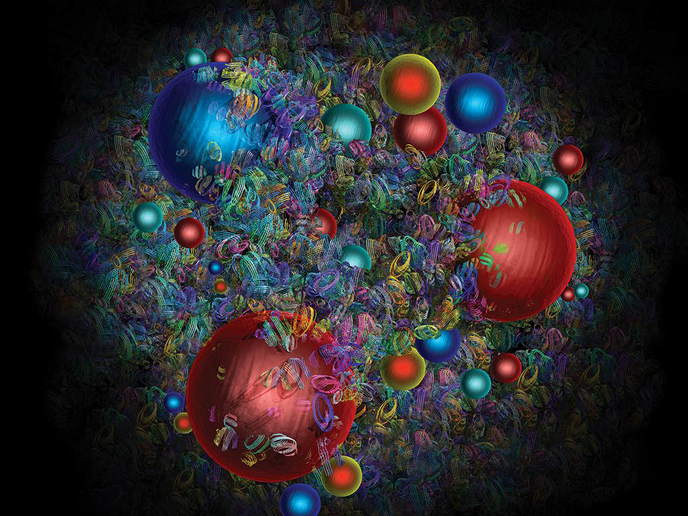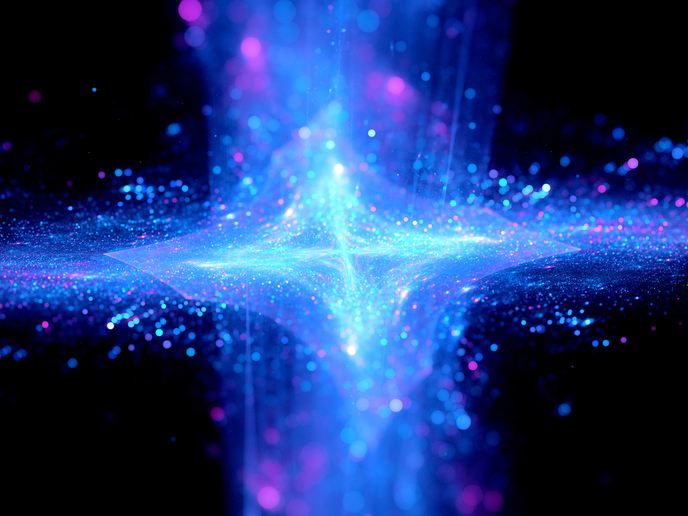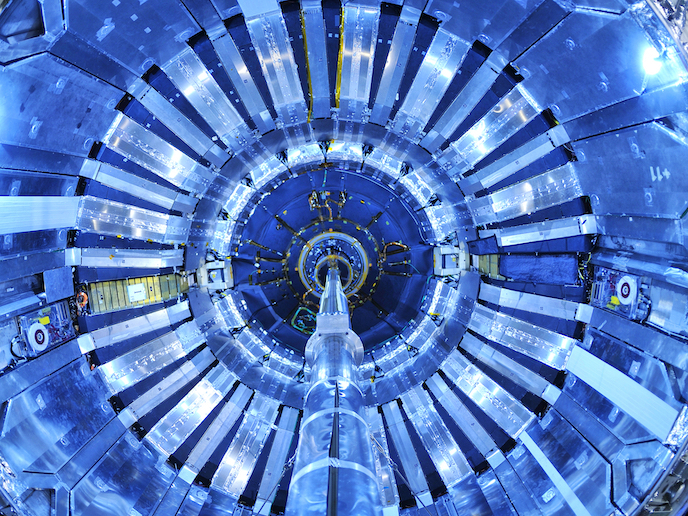The enigmatic world of protons unveiled by AI
The EU-funded NNNPDF(opens in new window) project sought to explore the inner life of a familiar particle, the proton, and its structure in a novel way, using machine learning(opens in new window) techniques. “The proton structure is theoretically predicted by the theory of strong interactions, one of nature’s four fundamental forces. However, determining this structure from first principles is extremely complex,” notes project coordinator Stefano Forte. The coordinator explains that the proton structure must be inferred from data by comparing predictions to experiments, such as those at CERN’s Large Hadron Collider, preserving the proton structure as an unknown variable. “The challenge then relies on discovering a law of physics, which is known to exist but cannot be derived from first principles. This is much like learning a new language without knowing its grammar – a typical machine learning problem,” elaborates Forte.
Overcoming machine learning implementation challenges
The unique challenge of studying subatomic particles like protons lies in their quantum nature. “Unlike a cog in a mechanism, a quark in a proton resembles a puff in a cloud. The laws of physics we seek predict event probabilities rather than events themselves,” remarks Forte. “As a result, we needed an unconventional machine learning approach that transcends pattern recognition, such as images, and decodes event probabilities instead.” To accomplish this, the NNNPDF team faced two main technical obstacles. The first one pertained to efficiently generating a large number of predictions that could be interpreted statistically. The second one involved exploring the space of all possible models to find the one that best describes nature in an objective and unbiased manner. The team employed neural networks(opens in new window) and deep neural networks as inference models, coupled with Monte Carlo methods(opens in new window) to reproduce the statistical nature of their results. Furthermore, hyperparameter optimisation(opens in new window) and statistics(opens in new window) (K-fold cross-validation) were employed to explore various model classes and test their generalising power. Grid-based clustering and hardware acceleration enabled rapid processing of large data volumes, improving analysis efficiency.
The driving force behind machine learning application in high-energy physics
The growing necessity for machine learning in high-energy physics stems from the need to extract hidden signals from vast amounts of data. However, challenges remain, such as avoiding experimenters’ bias and accurately assessing uncertainties. The NNNPDF project has tackled these challenges head-on, demonstrating the immense potential of machine learning in the field. “As high-energy physics research focuses on the precision frontier, detecting subtle signals demands exceptional control over experimental and theoretical accuracy. Our main contribution lied in developing reliable machine learning tools whose accuracy could be reliably assessed,” highlights Forte. “Machine learning techniques are becoming more prevalent in high-energy physics. While no discovery has yet been directly credited to machine learning, we reported the first evidence that heavy quarks (charm quarks) are part of the proton wavefunction. Our finding published in Nature(opens in new window) is possibly the first example of a machine learning-driven breakthrough in the field,” adds Forte. NNNPDF achievements have both direct and indirect impacts across various fields. Directly, the accurate description of the proton structure allows for subtle tests of the current theory of fundamental interactions, potentially leading to the discovery of dark matter’s nature. Indirectly, the proposed advanced methodologies in machine learning, data science and high-performance computing could find applications extending far beyond particle physics.






